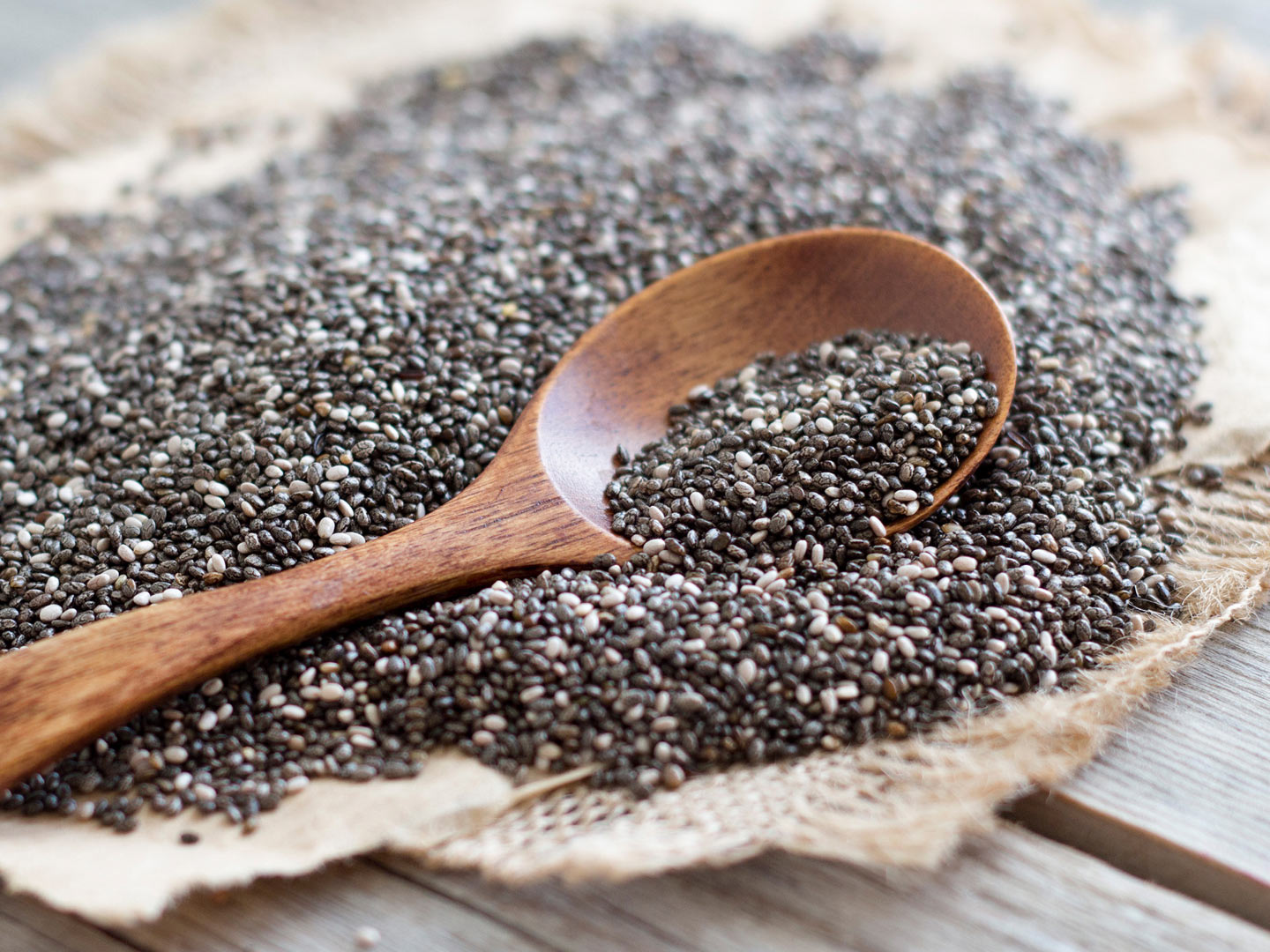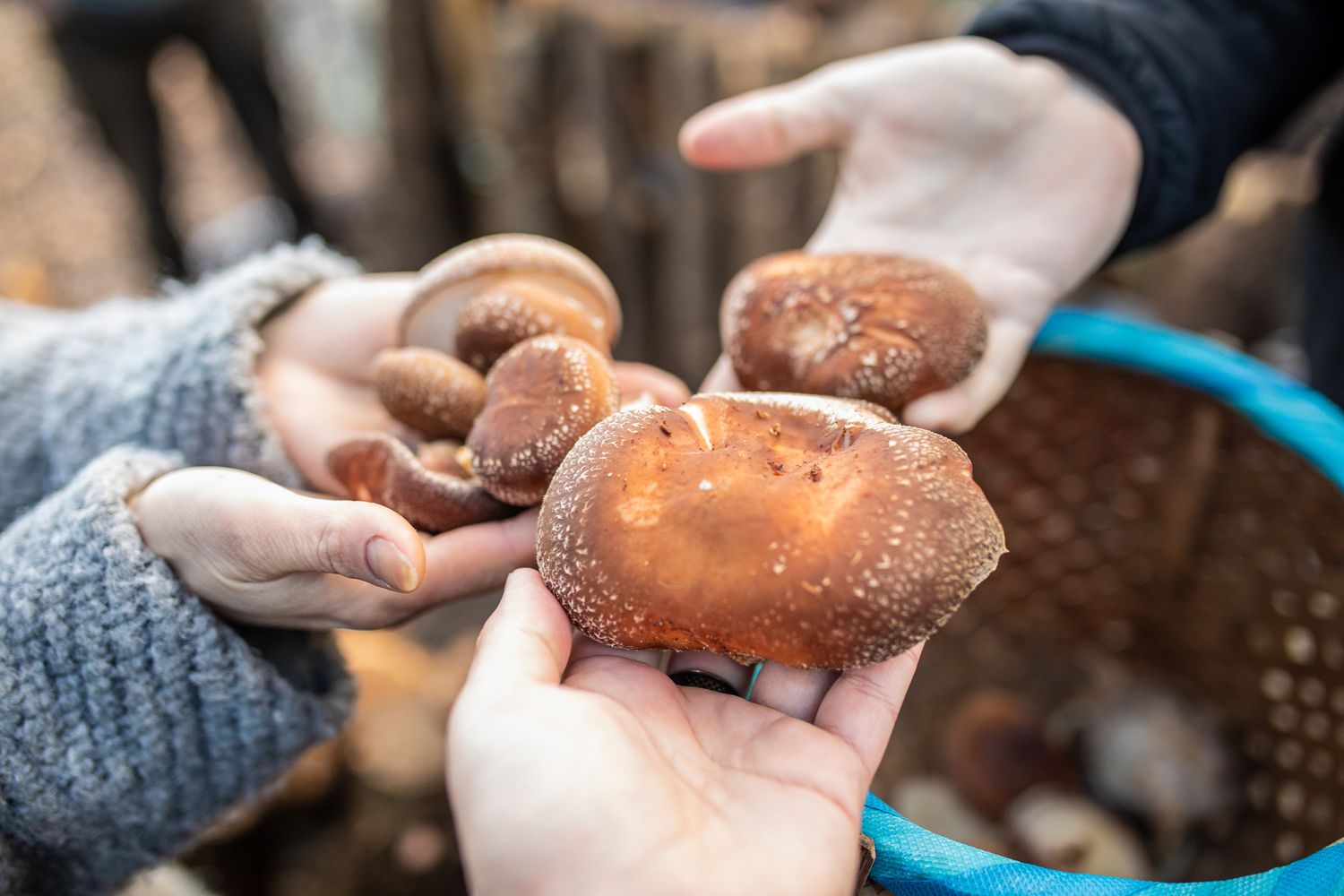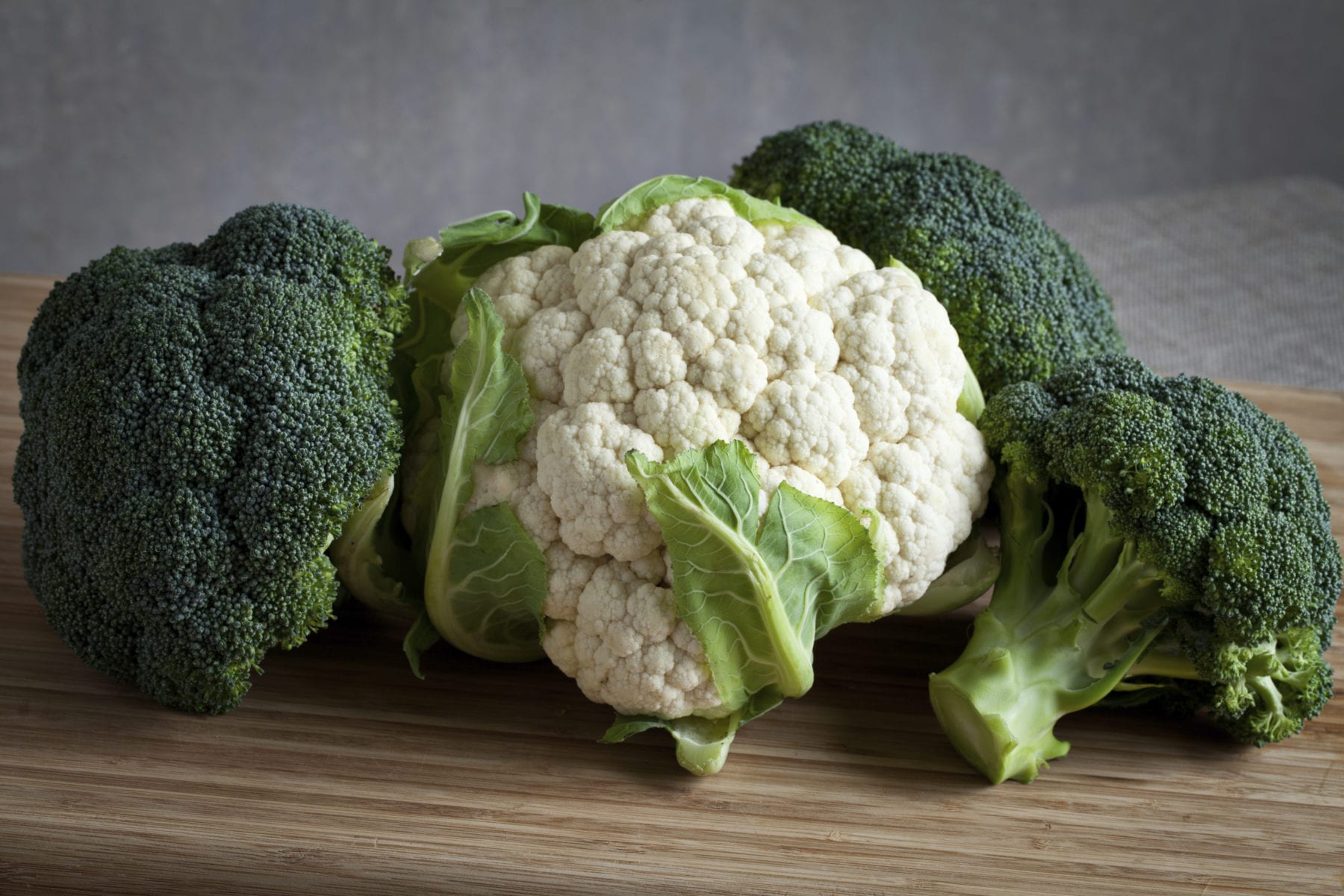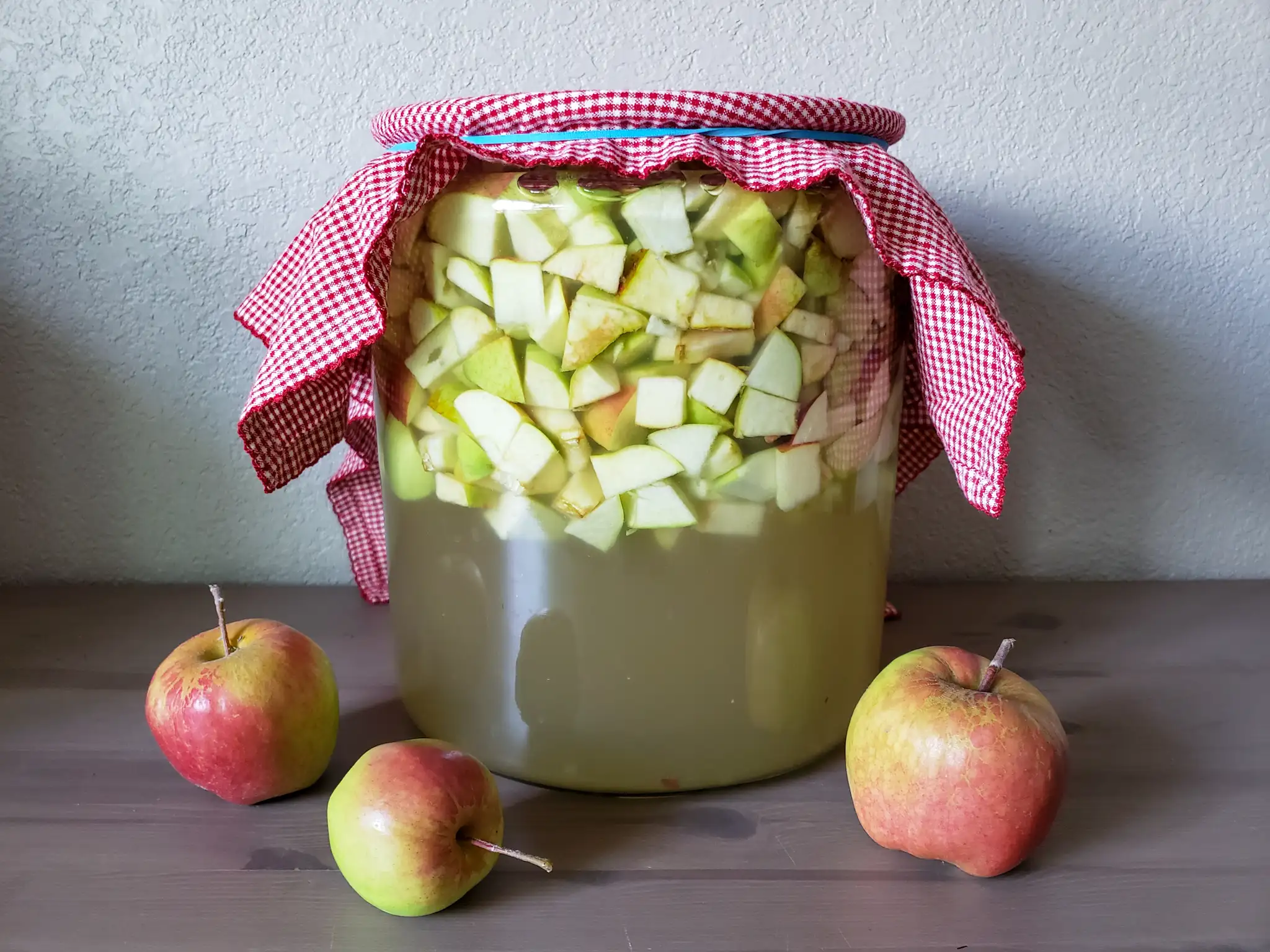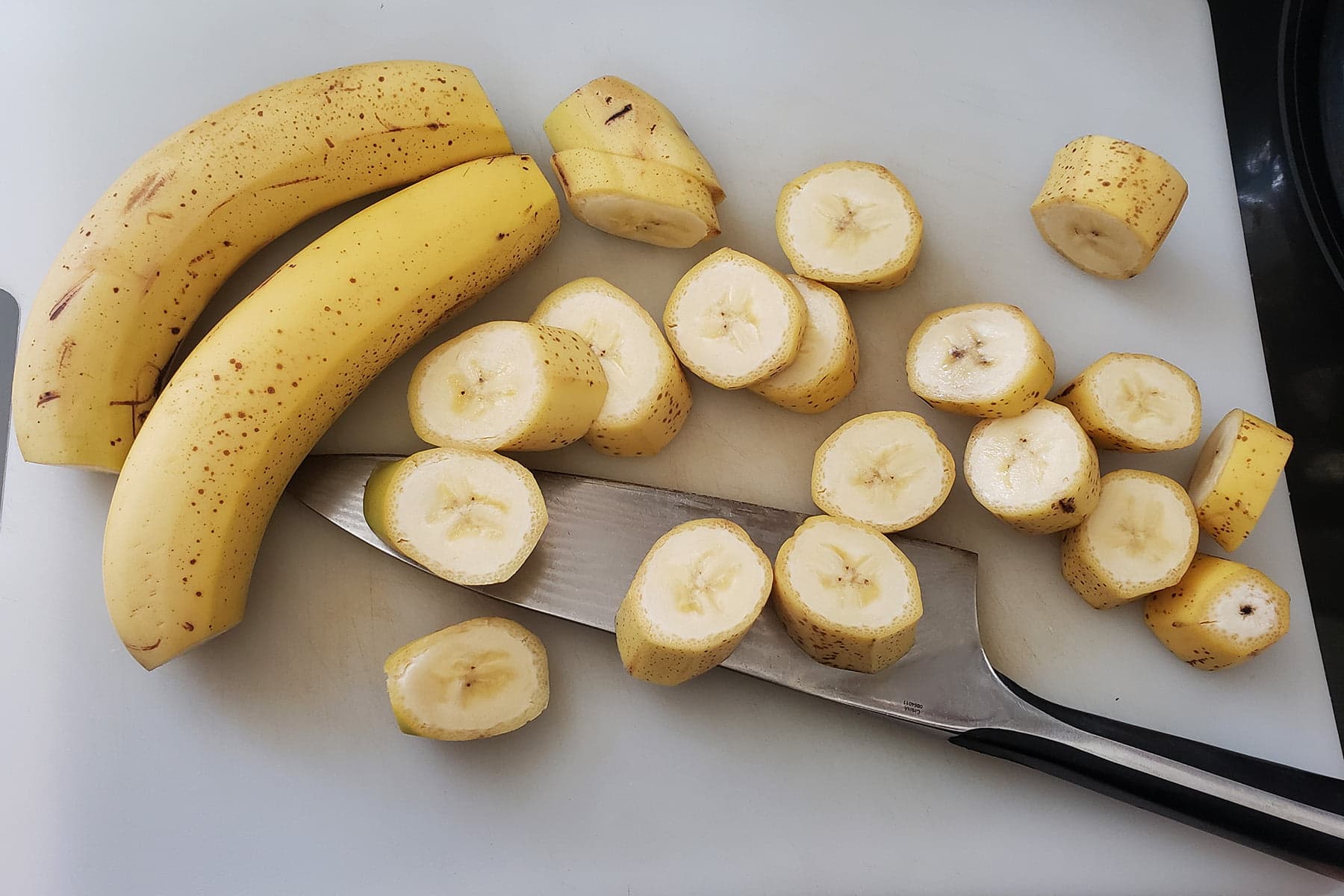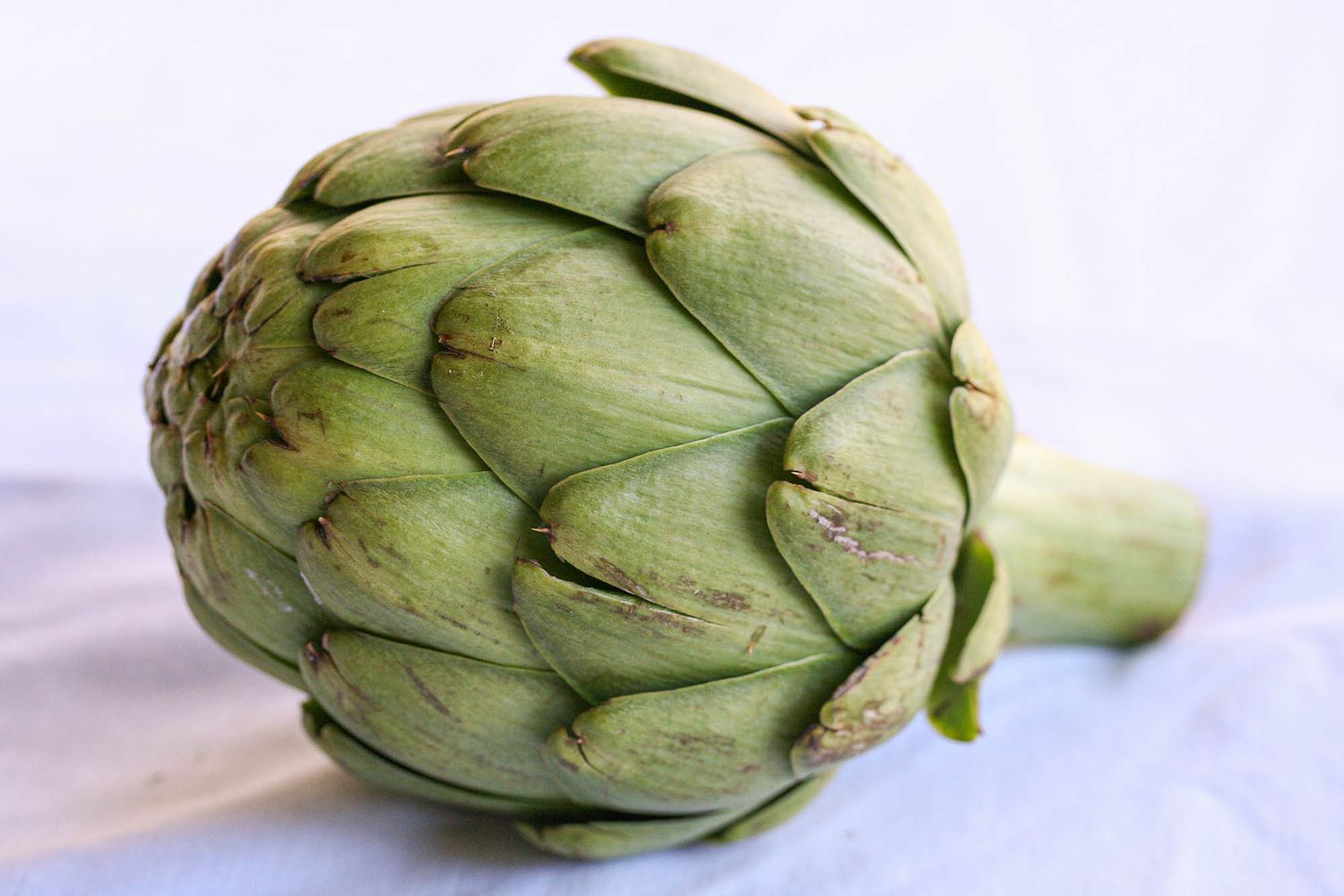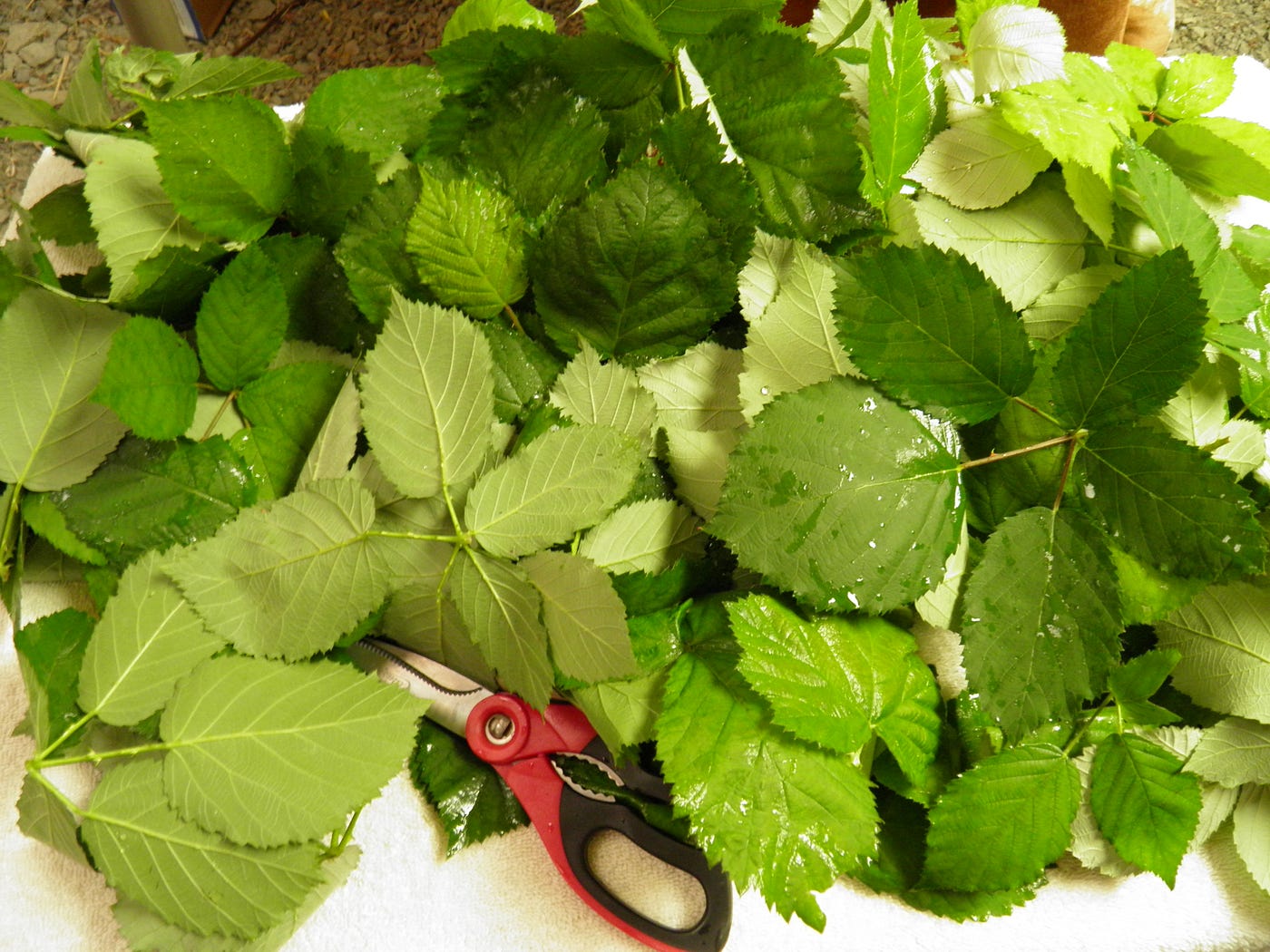Discover the Art of Fermenting Turmeric at Home
Welcome to the wonderful world of fermentation! If you’re a fan of healthy, probiotic-rich foods, then you’re in for a treat. Today, we’re going to explore the fascinating process of fermenting turmeric at home. Not only is this a great way to preserve and enhance the nutritional benefits of turmeric, but it also adds a delightful tangy flavor to this vibrant spice.
Why Ferment Turmeric?
Before we dive into the how-to, let’s talk about why fermenting turmeric is such a fantastic idea. Turmeric is renowned for its anti-inflammatory and antioxidant properties, and fermenting it can actually boost its nutritional value. The fermentation process can increase the bioavailability of curcumin, the active compound in turmeric, making it easier for our bodies to absorb and utilize its health-boosting benefits.
Getting Started
Before you roll up your sleeves and get started, you’ll need a few key ingredients and tools:
- Fresh turmeric root
- Filtered water
- Sea salt
- A clean glass jar
- A fermentation weight or small glass weight
- A breathable cloth or coffee filter
- A rubber band or string
Once you have all your materials ready, it’s time to begin the fermentation process.
The Fermentation Process
Now, let’s walk through the steps to ferment turmeric at home:
- Start by washing and peeling the fresh turmeric root. Slice it into thin rounds or grate it for a finer texture.
- Place the turmeric in the clean glass jar, leaving some space at the top.
- In a separate container, mix filtered water with sea salt to create a brine. The general rule of thumb is to use about 1 tablespoon of sea salt per 2 cups of water.
- Pour the brine over the turmeric in the jar, making sure the turmeric is fully submerged. Leave about an inch of space between the brine and the top of the jar.
- Place a fermentation weight on top of the turmeric to keep it submerged in the brine. This will help prevent mold growth.
- Cover the jar with a breathable cloth or coffee filter and secure it with a rubber band or string.
- Place the jar in a warm, dark place to ferment for about 3-5 days. Check on it daily to ensure the turmeric remains submerged and to skim off any foam that may form on the surface.
- After the fermentation period, your turmeric will be ready to use. You can store it in the refrigerator to slow down the fermentation process.
Enjoying Your Fermented Turmeric
Now that you’ve successfully fermented your turmeric, it’s time to savor the fruits of your labor. Fermented turmeric can be used in a variety of ways:
- Add it to salad dressings or marinades for a tangy kick.
- Sprinkle it on top of roasted vegetables for a burst of flavor.
- Mix it into homemade pickles or relishes for a unique twist.
- Blend it into smoothies for a colorful and nutritious boost.
Experiment with different culinary creations and discover how fermented turmeric can elevate your dishes to new heights of flavor and nutrition.
Final Thoughts
Fermenting turmeric at home is a rewarding and simple process that can yield incredible health benefits and culinary delights. By harnessing the power of fermentation, you can unlock the full potential of this golden spice and incorporate it into your daily wellness routine. So, roll up your sleeves, gather your ingredients, and embark on a fermenting adventure with turmeric. Your taste buds and your body will thank you!
Was this page helpful?
Read Next: How To Ferment Appam Batter Quickly

